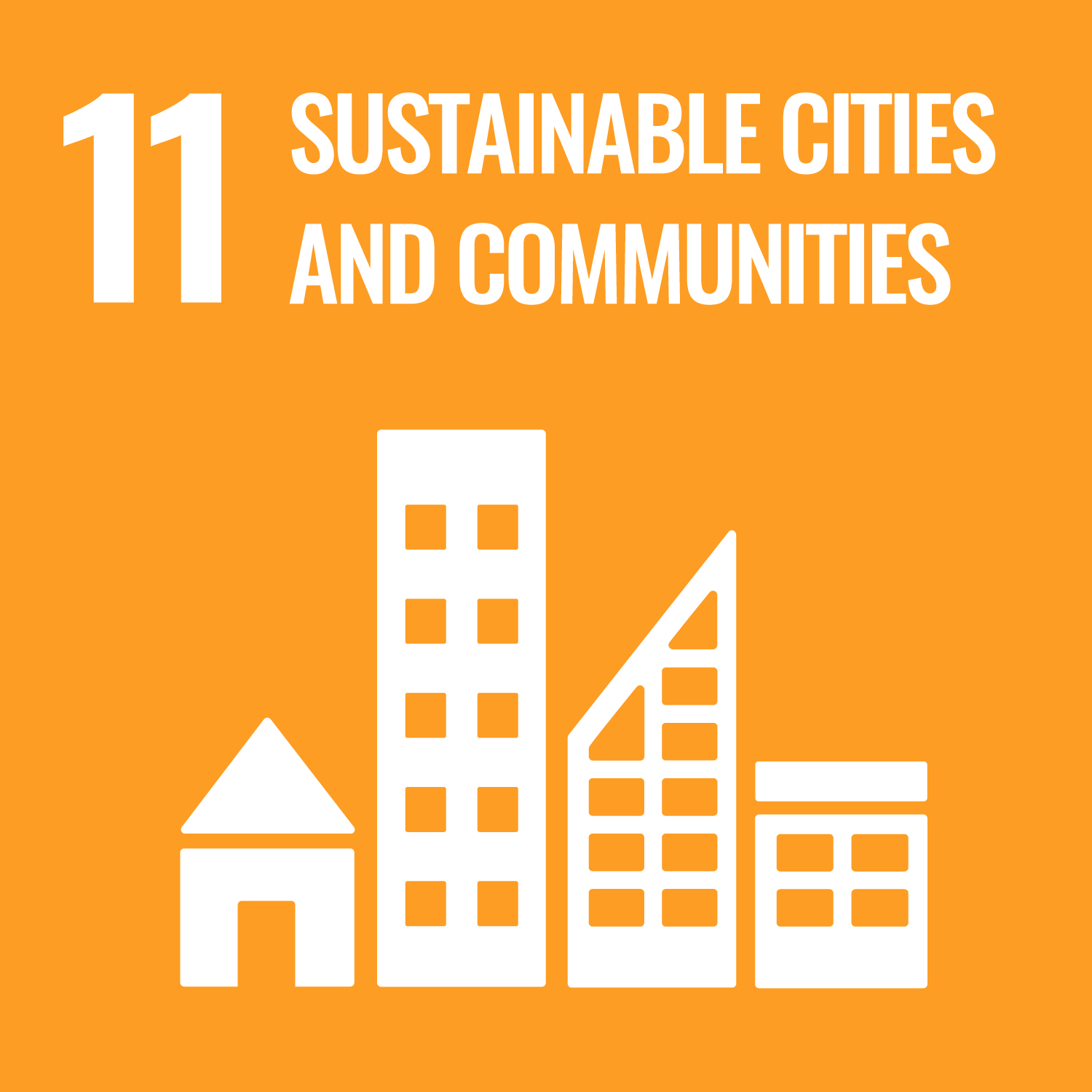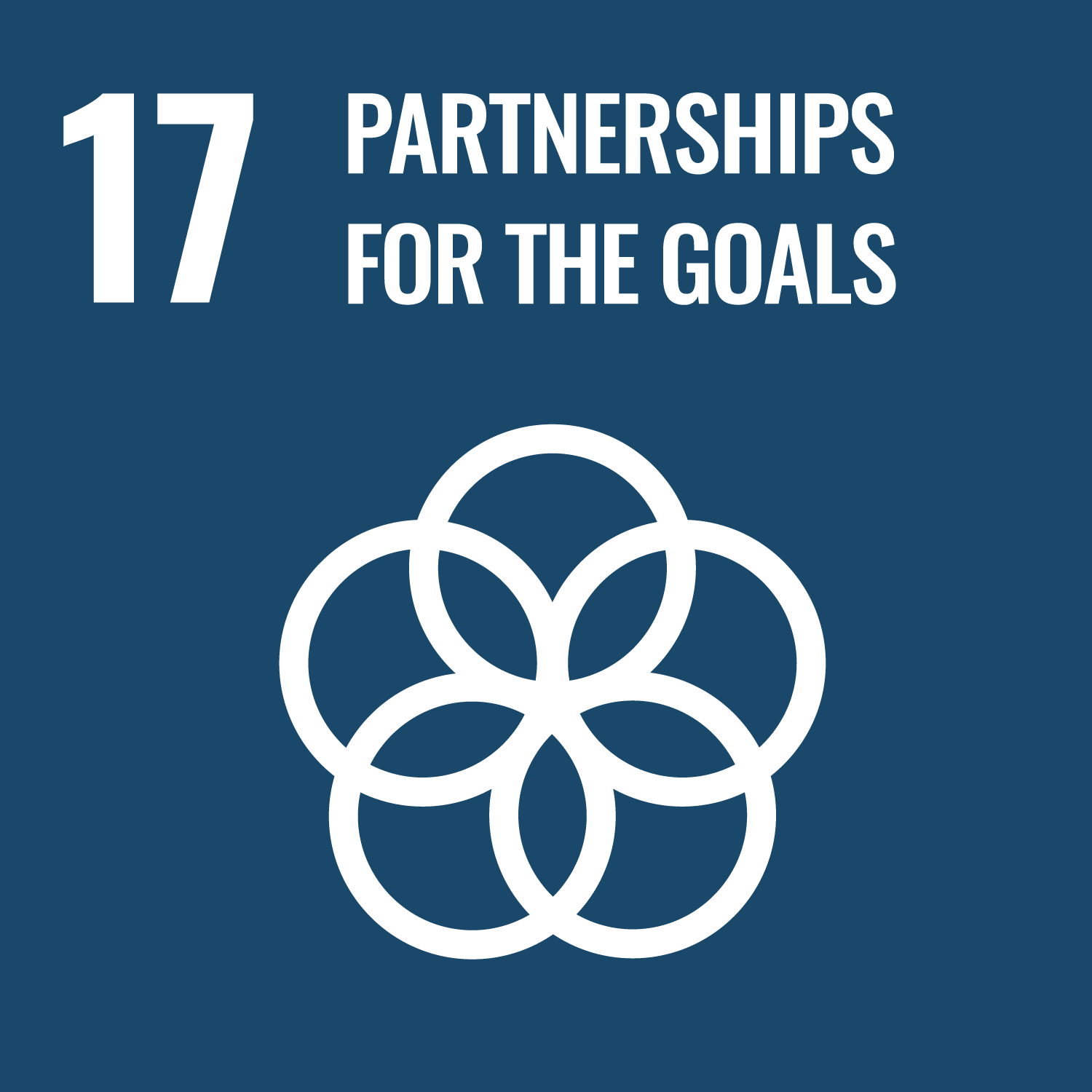In this lecture, you will first learn what a company is and what it takes for an organization to sustain and grow. Then, by
experiencing the process of learning technology management and innovation, you will acquire basic knowledge as a business
person.
This lecture consists of (1) lectures and exercises, and (2) lectures by guest lecturers.
In lectures and exercises, you will learn the basics of business, innovation processes and organizational management, and deepen your learning through exercises (individual, pair, and group work).
In addition, guest speakers will give lectures on corporate management, new business creation and entrepreneurship in line with their specialized fields and their own experiences.
This lecture consists of (1) lectures and exercises, and (2) lectures by guest lecturers.
In lectures and exercises, you will learn the basics of business, innovation processes and organizational management, and deepen your learning through exercises (individual, pair, and group work).
In addition, guest speakers will give lectures on corporate management, new business creation and entrepreneurship in line with their specialized fields and their own experiences.
1. To understand corporate activities, new business creation, and technology management with actual examples. (Basics of corporate
activities and technology management)
2. To be able to investigate and analyze companies and products, and embody and propose new business and new product ideas as business models. (Business model and innovation)
3. To acquire skills such as more practical discussion, self-expression, and opinion gathering through collaborative work (pair / group work). (Formation of business skills)
4. To take initiative and become a leader in the creation of new businesses and organizational change. (Entrepreneurship)
2. To be able to investigate and analyze companies and products, and embody and propose new business and new product ideas as business models. (Business model and innovation)
3. To acquire skills such as more practical discussion, self-expression, and opinion gathering through collaborative work (pair / group work). (Formation of business skills)
4. To take initiative and become a leader in the creation of new businesses and organizational change. (Entrepreneurship)
- To be able to explain corporate activities and technology management in your own words.
- To analyze companies and products and explain the results using the Business Model Canvas. You can shape and present new business ideas.
- To be able to express your thoughts logically. It can stimulate group discussions and contribute to gathering opinions.
- To have a career vision and be able to take action on your own
- To propose plans to business contests such as Shibaura Business Model Competition (SBMC).
| Class schedule | HW assignments (Including preparation and review of the class.) | Amount of Time Required | |
|---|---|---|---|
| 1. | Introduction Outline of the lecture, evaluation, and notes on the course. Understand what management is and why it is important to learn about business. |
Review and prepare for the class by using the pre & post assignments given each time. | 190minutes |
| 2. | Organization and Leadership Understand what a company is and what an organization is, and think about organizations and human resources that produce results. To learn what leadership is and the various types of leadership. |
Review and prepare for the class by using the pre & post assignments given each time. | 190minutes |
| 3. | "Technology" and "Management Think about what technology management is and what innovation is. Learn about the basic theories and background of innovation. |
Review and prepare for the class by using the pre & post assignments given each time. | 190minutes |
| 4. | What is Business Model? Understand what a business model is and uncover the business structure of familiar companies and products. |
Review and prepare for the class by using the pre & post assignments given each time. | 190minutes |
| 5. | Guest Lecture 1 (Introduction to UX) Learn from a representative of a company specializing in UX what is most important when considering a product or service. |
Review and prepare for the class by using the pre & post assignments given each time. | 90minutes |
| 6. | Guest lecture 2 (Creating unique businesses) Guest lecturer will share his experiences of creating new businesses one after another and give encouragement to students. |
Review and prepare for the class by using the pre & post assignments given each time. | 190minutes |
| 7. | Team Building Team formation for the final assignment. Overview and schedule of the final project, sharing of vision and goals, etc. |
Review and prepare for the class by using the pre & post assignments given each time. | 190minutes |
| 8. | Theme definition Formulate the team's "I want to do this kind of business!, and make it concrete. |
Review and prepare for the class by using the pre & post assignments given each time. | 190minutes |
| 9. | Guest lecturer 3 (New business creation in companies) Lecture on how new businesses are being considered and implemented in companies, with actual examples. |
Review and prepare for the class by using the pre & post assignments given each time. | 240minutes |
| 10. | Idea generation Clarify the problem and come up with a solution (product/service idea). Based on market and competitive analysis, explain the structure and characteristics of the proposed business using BMC and diagrams. |
Review and prepare for the class by using the pre & post assignments given each time. | 190minutes |
| 11. | Preparing a Business Proposal Create a business proposal using SBMC template. Create and verify a prototype of the solution (product or service). |
Review and prepare for the class by using the pre & post assignments given each time. | 190minutes |
| 12. | Preparation for final presentation Preparation of presentation materials (slides), preparation for presentation, confirmation of role assignment, rehearsal of presentation by pair groups. Learn how to evaluate each other. |
Review and prepare for the class by using the pre & post assignments given each time. | 190minutes |
| Preparation for the final presentation | |||
| 13. | Group presentation (first half) Pitch (presentation) and peer evaluation. Finalize based on reflection and critique. |
Review and prepare for the class by using the pre & post assignments given each time. | 190minutes |
| Preparation for the final presentation | |||
| 14. | Group presentation (first half) Pitch (presentation) and peer evaluation. Finalize based on reflection and critique. Overall review and reflection on the lecture. |
Review and prepare for the class by using the pre & post assignments given each time. | 240minutes |
| Total. | - | - | 2660minutes |
| 1.Contribution to the class and content of assignments | 2. Feedback and thanks to the guest lecturer | 3. Final presentation (pitch / presentation) | Total. | |
|---|---|---|---|---|
| 1. | 8% | 0% | 8% | 16% |
| 2. | 8% | 0% | 8% | 16% |
| 3. | 8% | 0% | 8% | 16% |
| 4. | 8% | 20% | 8% | 36% |
| 5. | 8% | 8% | 16% | |
| Total. | 40% | 20% | 40% | - |
The overall evaluation is based on the performance of the following items, based on the percentages noted.
A score of 60 out of 100 will be considered a passing grade.
Contribution to the class and content of submitted assignments: 40%.
Impressions and thanks to the guest lecturer: 20%.
Final presentation (pitch/presentation): 40%.
In addition to the above, submissions to the Shibaura Business Contest (SBMC) will also be evaluated (extra credit).
The evaluation criteria are as follows.
・ Answer according to the request of the task. The target (lower limit) level has been reached.・ ・ 60%
・ Appropriately and logically answer the request of the task. Meet the target level.・ ・ 70%
・ Excellent answers that exceed the requirements of the task. Exceed the target level. ··80% and more
A score of 60 out of 100 will be considered a passing grade.
Contribution to the class and content of submitted assignments: 40%.
Impressions and thanks to the guest lecturer: 20%.
Final presentation (pitch/presentation): 40%.
In addition to the above, submissions to the Shibaura Business Contest (SBMC) will also be evaluated (extra credit).
The evaluation criteria are as follows.
・ Answer according to the request of the task. The target (lower limit) level has been reached.・ ・ 60%
・ Appropriately and logically answer the request of the task. Meet the target level.・ ・ 70%
・ Excellent answers that exceed the requirements of the task. Exceed the target level. ··80% and more
| ways of feedback | specific contents about "Other" |
|---|---|
| Feedback in the class |
Reference book:
Miki Imazu "Guide to the Business Model Canvas" (Shoeisha)
Tetsuro Kondo "Business Model Picture Book" (KADOKAWA)
Other necessary materials will be distributed as appropriate or posted on Scomb.
Miki Imazu "Guide to the Business Model Canvas" (Shoeisha)
Tetsuro Kondo "Business Model Picture Book" (KADOKAWA)
Other necessary materials will be distributed as appropriate or posted on Scomb.
In the first lecture, we will discuss the significance of the course, evaluation methods, and the overall picture. Please
be sure to attend the first lecture (face-to-face) and register for the course after thoroughly reviewing the syllabus distributed
at the lecture.
In this lecture, we will be doing a lot of group work. No matter how you choose to live your life in the future, you will have to do something together with others. Please come to this lecture with the intention of improving this ability, which will be greatly tested in your future life. We are also planning to have lectures and exchanges with guests from companies in this lecture. In addition to the minimum manners for working people (e.g. greetings, time, etc.), we expect you to take an active stance to learn something from the people who come to the lecture.
In this lecture, we will be doing a lot of group work. No matter how you choose to live your life in the future, you will have to do something together with others. Please come to this lecture with the intention of improving this ability, which will be greatly tested in your future life. We are also planning to have lectures and exchanges with guests from companies in this lecture. In addition to the minimum manners for working people (e.g. greetings, time, etc.), we expect you to take an active stance to learn something from the people who come to the lecture.
- Appointment after class or by email (email address will be provided in the lecture).
- Course that cultivates an ability for utilizing knowledge
- Course that cultivates a basic interpersonal skills
- Course that cultivates a basic self-management skills
- Course that cultivates a basic problem-solving skills
| Work experience | Work experience and relevance to the course content if applicable |
|---|---|
| Applicable | All the instructors of the course have years of working experience at a company. |

















- 1.NO POVERTY
- 2.ZERO HUNGER
- 3.GOOD HEALTH AND WELL-BEING
- 4.QUALITY EDUCATION
- 5.GENDER EQUALITY
- 6.CLEAN WATER AND SANITATION
- 7.AFFORDABLE AND CLEAN ENERGY
- 8.DECENT WORK AND ECONOMIC GROWTH
- 9.INDUSTRY, INNOVATION AND INFRASTRUCTURE
- 10.REDUCED INEQUALITIES
- 11.SUSTAINABLE CITIES AND COMMUNITIES
- 12.RESPONSIBLE CONSUMPTION & PRODUCTION
- 13.CLIMATE ACTION
- 14.LIFE BELOW WATER
- 15.LIFE ON LAND
- 16.PEACE, JUSTICE AND STRONG INSTITUTIONS
- 17.PARTNERSHIPS FOR THE GOALS
Last modified : Sat Sep 09 06:40:28 JST 2023

